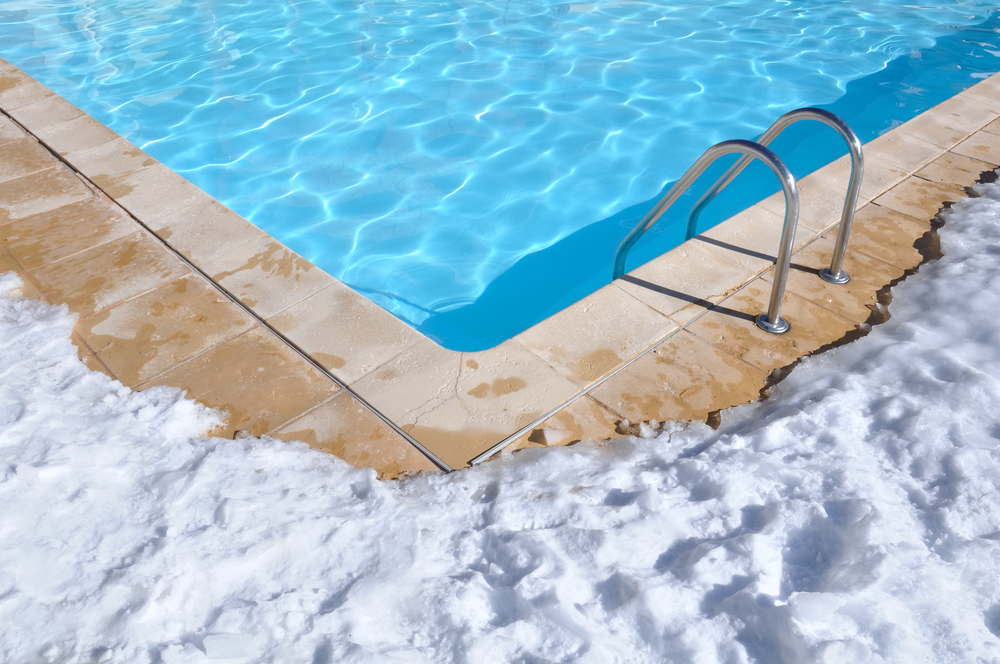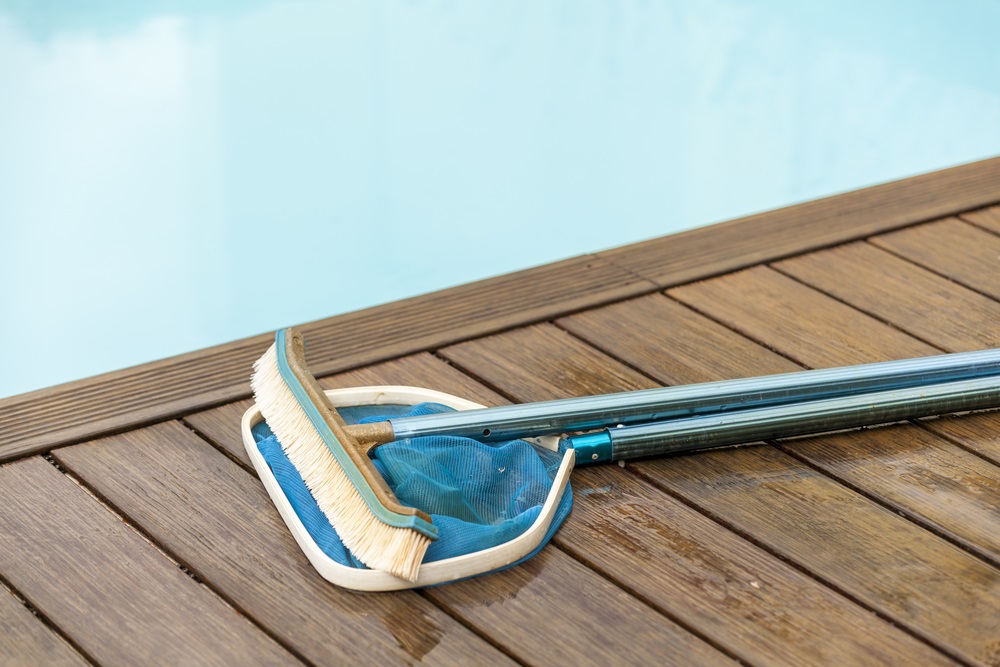Protecting your swimming pool from freeze damage during the winter months doesn’t end after winterizing your pool. In fact, this is just the beginning.
It’s true that a winterized pool stands a much better chance withstanding freeze damage during the winter months. But that doesn’t mean that it’s 100% protected.
The truth is that freeze damage can still occur even after winterizing your pool which could easily set you back hundreds, if not thousands, of dollars. That is why it is important to do a maintenance check on your swimming pool during the winter months.
The snow and rain that may have fallen during the months of November and December would have already diluted the chemicals that you had placed in your pool when you were winterizing it. At the same time, the first signs of possible freeze damage would already begin to show. With the weather only going to get colder, now is the best time to take the time to do a maintenance check on your winterized pool.
More important, doing a maintenance check on your winterized pool can dramatically reduce the amount of work that you will need to do when spring comes, and it’s time to open your pool.
 Ongoing Winter Pool Maintenance Tips
Ongoing Winter Pool Maintenance Tips
Clean your pool cover. It’s important to keep snow and standing water off the pool cover. If it gets weighed down you may find that your pool is damaged and the cover is unusable the following year. Use a pool cover pump to remove standing water and melted snow that’s collected on the cover. Skim off dirt and debris from the cover as well. Inspect the cover for any tearing caused by debris that fell on your pool cover but has been blown off by the strong winds. This is very important. If your pool cover has a lot of tears, it will make your pool cover unable to protect your swimming pool effectively.
Check your swimming pool water’s appearance. Give the water in the pool a quick peek. What does it look like? Is it as crystal clear as it was when your pool contractor closed it for the season? Has algae started growing in the water? If you notice changes, give your pool contractor a call to see what you should be doing.
Test the water chemistry. Grab your water test kit or a sample of the pool water and have it tested. You may need to add more chemicals to bring the chemistry back in line. This is important to assure the pool doesn’t take on algae growth.
Remove any organic contaminants. Leaves, branches and dirt and dust are some organic contaminants that get into your pool water, but you will also want to check for dead animals who may have fallen in during the winter. If your water testing shows high levels of organic matter, use an enzyme-based chemical to break up any organic contaminants after you’ve removed items you can see.
Shock the water. If, during a check of your pool and its water you notice it is murky and dirty you may want to give it a shock aka super chlorination. This will kill any left over bacteria or algae spores and make the pool opening easier. If you notice algae, add an algaecide to the water as well. Any warmish days that are sunny can activate the growth of algae.
Inspect the pool equipment. Your pool contractor will have drained the pool pipes and winterized the equipment, but it doesn’t hurt to inspect them during the winter months and to gently remove any snow or ice that’s built up on it. The melted ice and snow can damage exposed pool pipes and pumps.
Pay attention to the weather. If you hear that a storm is blowing through your area, check the pool before it occurs and then check it again once the storm has passd or even during the storm if it is a long and drawn out event.
You don’t have to spend a lot of time on your pool in the winter, but you don’t want to completely ignore it and hope that it will survive the winter without proper care.

